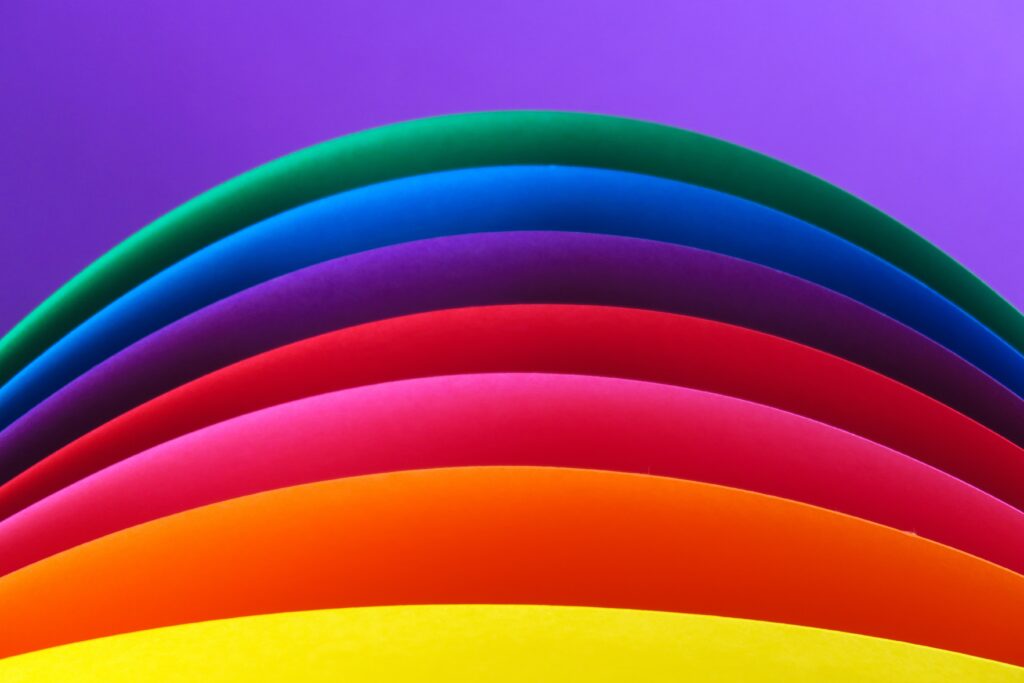Have you pondered whether there exists a possible correlation between the chromatic spectrum and that moniker with which your parents christened you upon your joyous entrance into this world? What Color Is Your Name? This interactive quiz is designed to explore the fascinating concept of name-color synesthesia and reveal the hues that might accompany your name.
Whether you’re a synesthete or simply curious about the colorful connections between names and shades, this quiz offers an exciting opportunity to discover the vibrant world of name-color associations. So, let’s dive in and uncover the hues that may paint your name!
Take this Test Synesthesia! Are You A Synesthete? Try it out!
Have you ever wondered if names could have colors? Although seemingly an odd notion initially, the thought of connecting hues with appellations has captivated numerous individuals. This includes synesthetes who experience a blending of senses. In delving into this intriguing neurological phenomenon whereby individuals inexplicably associate names with specific colors, we explore the depths and nuances of its conceptual underpinnings. We also speculate upon the manifold implications that could arise therefrom. So, let’s embark on a colorful journey and discover the hues that may accompany your name!

Synesthesia is a fascinating neurological phenomenon that causes the senses to crosswire, resulting in an involuntary and consistent blending of different sensory experiences. Name-color synesthesia, in particular, associates specific colors with individual names. While not everyone experiences synesthesia, those who do may perceive colors when hearing, seeing, or thinking about different names.
What Color Are You? We’ve got Suggestion Based On 20 Factors!
As an intensely personal phenomenon, synesthesia manifests itself differently in each individual, with the connections between names and colors shaped by one’s uniquely personal experiences and associations. Despite prevailing conventions, nuanced relationships and configurations have arisen gradually. Although certain people may habitually associate names such as “Sarah” with the color yellow, “David” with green, or the name “Emily” corresponds intrinsically to the hue pink. Interestingly, these associations tend to be consistent within a synesthete’s experience, creating an individual and personal color palette for each individual’s collection of names.
The factors that influence name-color associations in synesthetes are still not fully understood. However, research suggests that several factors may contribute to these perceptual connections. One possibility is that the sounds and phonetic qualities of a name play a role in triggering specific colors. Certain vowel sounds or consonant combinations might evoke particular color sensations in the synesthete’s mind.
Cultural and linguistic influences may also impact name-color associations. For example, individuals from different cultures or language backgrounds may have varying perceptions of colors associated with specific names due to linguistic and cultural nuances.
What color is your name? Take this test on Synesthesia.me!
Beyond the fascination and curiosity surrounding name-color synesthesia, this phenomenon has the potential to influence various aspects of life. In art and design, for instance, understanding the colors associated with certain names could inspire unique and meaningful creations. It could also impact branding strategies, as companies seek to evoke specific emotions or qualities associated with their brand names.
Moreover, name-color synesthesia sheds light on the intricate connections our brains can make between different sensory experiences. The mosaic of perception, cognition, and consciousness that comprise the human mind, remarkable in its complexity, invites introspection into the limits of oneself. In addition, it invites empathy for the breadth of the human experience.

The concept of associating colors with names opens up a world of imagination and intrigue. Name-color synesthesia provides a glimpse into the diverse ways our brains interpret and connect sensory information. While it may not be a universally shared experience, exploring the fascinating phenomenon can deepen our understanding of human perception and the astonishing intricacies of our own minds.
Next time the syllables of an appellation caress your ear, pause to ponder what chromatic correspondence they might conjure. Who knows? You might discover a vibrant and unexpected palette of hues that adds another dimension to your perception of the world. Embrace the colorful possibilities and celebrate the uniqueness of our sensory experiences!
Exploring the captivating concept of name-color synesthesia has been a colorful journey indeed. Although individuals may differ in the precise correspondences they draw, the ability to associate colors with linguistic labels provides insight into the nuanced intricacies of human sensory processing and thinking.
What Color Is Your Name? A New Synesthesia Tool Will Show You!
From the intriguing influences of sounds and phonetics to the cultural and linguistic factors at play, name-color synesthesia showcases the unique and personal palettes that individuals associate with names. Beyond the fascination, this phenomenon holds potential implications for art, design, and branding. The dazzling wonderland of the mind and its cognitive jewels waltz in a myriad of ways. Within these words, we are invited to unclasp the doors of perception and greet what potential splendors may gambol there.